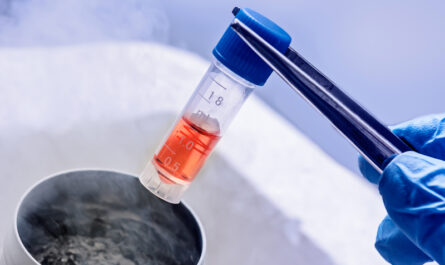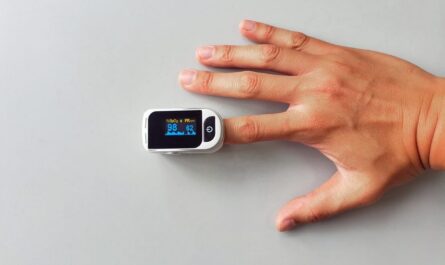
Laboratories have incorporated automation technologies in various forms over the decades to reduce manual work and enhance efficiency. In the early 20th century, instruments like spectrophotometers and pH meters were developed which could automate repetitive measurements. This allowed scientists to analyze samples faster and focus on other tasks. Through the mid-20th century, more sophisticated technologies became available like automated liquid handlers and microplate readers. These tools could pipette reagents and analyze samples in microtiter plates with ease. They eliminated many hours of tedious manual work for researchers.
By the late 20th century, more advanced robots were introduced in labs. Robotic arms were programmed to transfer material between stations with precision. Automated liquid handling workstations emerged which could dispense multiple reagents simultaneously into numerous samples. These systems boosted throughput and minimized errors. In the genomics field, DNA/RNA purification instruments and PCR machines were automated to streamline nucleic acid extraction and amplification. Overall, laboratories saw improved efficiency and productivity due to the integration of mechanization.
Advantages of Laboratory Automation
Some key benefits of automation in labs include:
Increased throughput: Automated systems can analyze or process samples continuously without breaks. This maximizes the volume of work done each day.
Reduced error: Manual sample handling and pipetting is prone to mistakes. Robotic instruments dispense precise volumes accurately to avoid errors.
Improved consistency: Automation ensures consistent protocols are followed for each experiment. It eliminates variability between operators.
Reduced maintenance costs: Once installed, automated equipment has lower maintenance needs than individual manual instruments. Reagents also last longer.
Higher reproducibility: Automated workflows guarantee reproducible steps over time, even with different users. This improves reliability of results.
Less exposure to hazards: Dangerous substances like toxins can be handled robotically instead of manually for enhanced safety of personnel.
Flexibility: Automated setups are reconfigurable for various assays as needed. Studies can be adapted quickly based on evolving requirements.
Lab-on-a-chip technologies: Automation enables miniaturization of entire analytical protocols onto microfluidic chips for portable point-of-care applications.
Widespread Automation Applications in Diverse Fields
Drug discovery laboratories extensively utilize automation for high-throughput screening (HTS) of compound libraries. Liquid handling workstations can dispense thousands of compounds into microtiter plates along with cell cultures or biochemical assays. Readers then analyze the plates for potential drug candidates automatically.
In the biologics sector, companies automate cloning, transfection and development of cell lines at a large scale. Liquid handlers clone genes of interest into vectors and transform cells in parallel. Incubators, centrifuges and other equipment also run programmed cycles non-stop.
The genomics field relies on fully automated nucleic acid extraction, amplification and sequencing workflows. Samples only need to be loaded once into instruments that purification, analyze and report results automatically. This accelerates genetic research hugely.
Forensics laboratories faced a massive surge in casework during the COVID era. Automated DNA extraction and analysis platforms helped boost testing capacity while maintaining accuracy. They enabled round-the-clock analysis of thousands of samples.
Food safety testing requires microbiological analysis of numerous samples daily. Automated incubators, plating machines and colony counters allow comprehensive testing without extra hands. Contamination issues are addressed faster through continuous automated surveillance.
Environmental testing for air/water quality also relies on laboratory automation. Robotic samplers collect specimens periodically from remote areas. Centralized labs then analyze them continuously using automated validated methods to monitor trends. Early warnings of any variations can thus be provided.
Challenges and Future of Laboratory Automation
While automation has revolutionized labs, certain challenges remain. High upfront equipment costs are a deterrent for some organizations. Protocols also require validation for automated systems which takes efforts initially. Integrating diverse automated instruments from various vendors into cohesive workflows is complex. Maintaining instruments and software upgrades require ongoing expenses.
Looking ahead, laboratory automation is bound to progress further. Miniaturization will produce portable lab-on-chip devices with all analytical functions built-in. Cloud-based control of instruments will enable remote testing from any location. Artificial intelligence will help automate complex data analysis from results. Increased use of robotics will tackle biosafety issues posed by infectious agents. Overall, future automation promises to make experimental work simpler and insights more accessible to all.
*Note:
1. Source: Coherent Market Insights, Public sources, Desk research
2. We have leveraged AI tools to mine information and compile it



